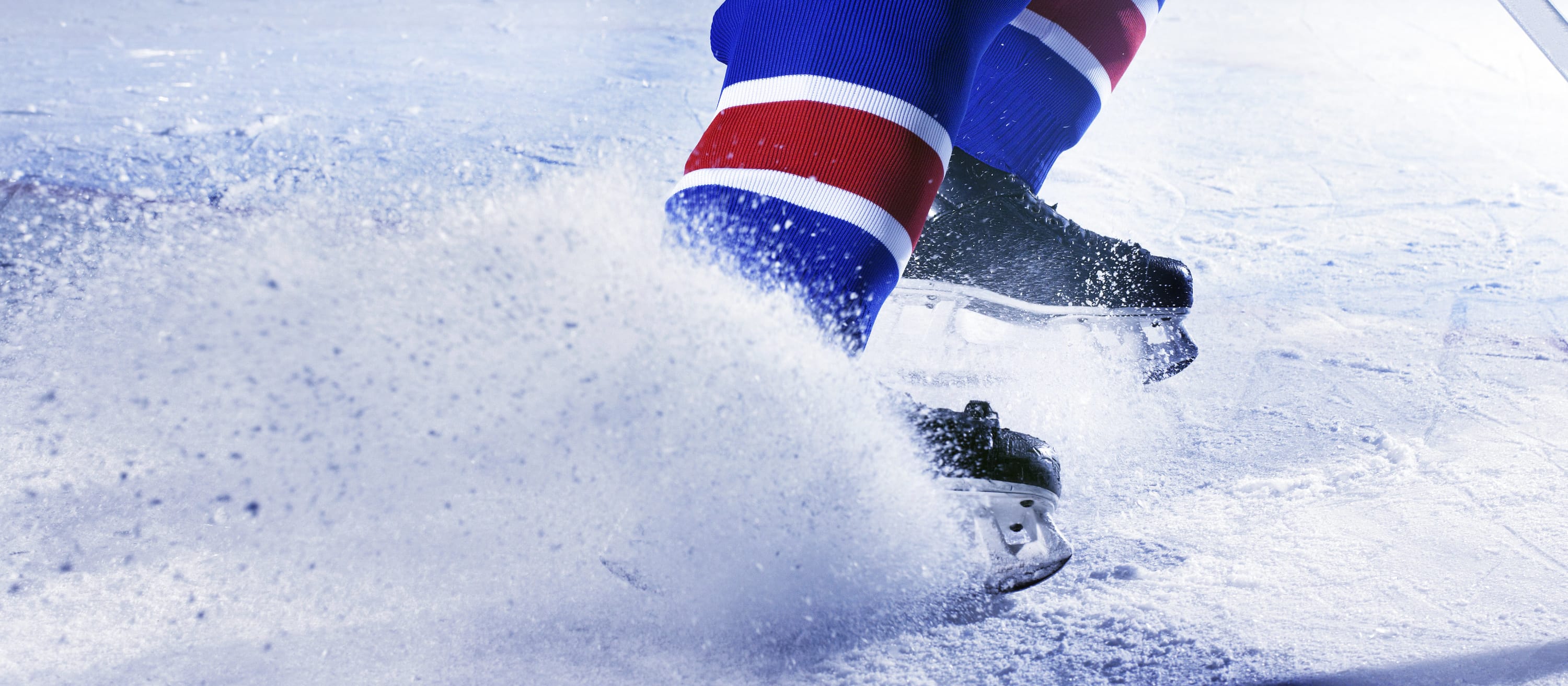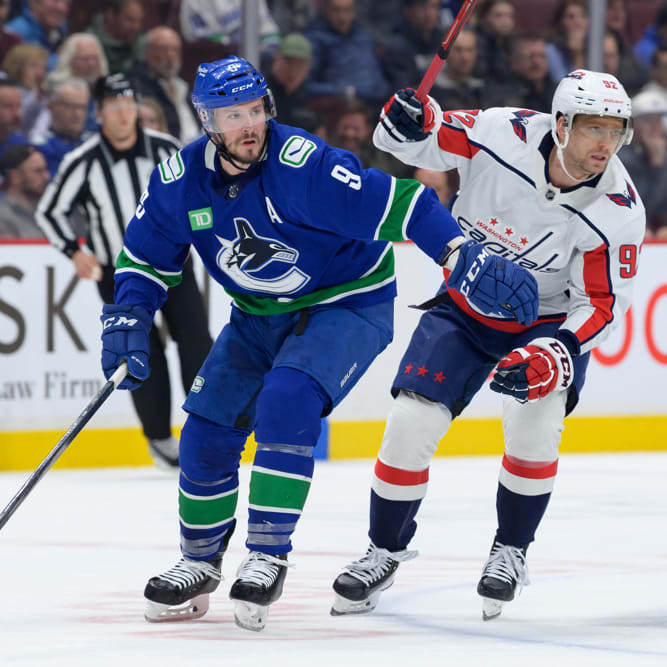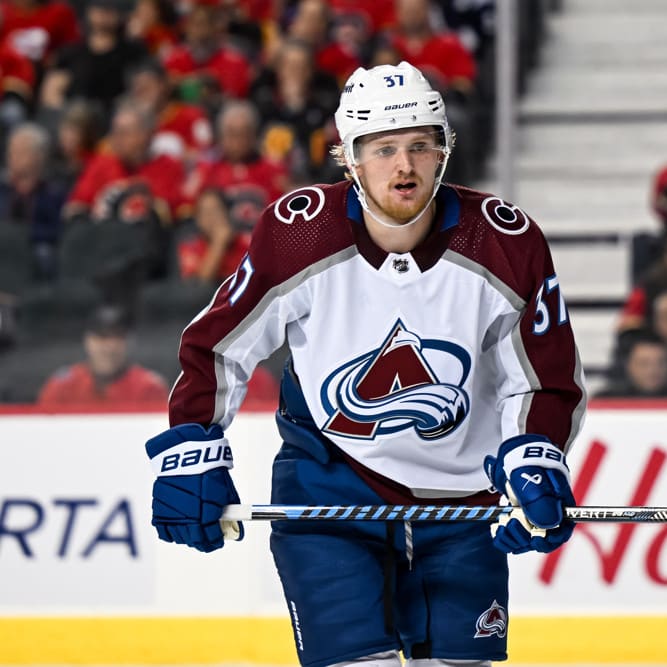This article is part of our Neutral Zone Wrap series.
No matter the occupation or situation, recovering from a slump when you're not being provided proper tools is difficult. A lack of confidence or change in personnel may also contribute to the problem. So unless you can see the light at the end of the tunnel, you're stuck. Or so you think.
In hockey, downturns are inevitable. It doesn't matter if you're a veteran or rookie; the pursuit of maintaining consistency is nearly impossible. Players must truly believe in their abilities if they want to push through. And as long as they don't slack on the physical end, their chances for recovery greatly improve.
Here are a few candidates who have started slow, but should turn it around in 2016. As usual, no big stars will be mentioned, nor anyone who missed significant time due to injury:
Mathew Dumba, D, Minnesota
Now in his third season, the former Red Deer Rebel was primed to break out. Unfortunately, things haven't materialized as planned. While the last couple outings have shown promise (two goals in his last three outings), the rest of Dumba's efforts have proved to be less then stellar (five points in his first 23 contests). He may be on the low side in terms of ice time (averaging 16:28), but remains a fixture on one of the Wild's power-play units. No doubt Dumba will crack his NHL high of 16 points from last year and should land somewhere in the mid-to-high 20s by season's end. That's progress.
No matter the occupation or situation, recovering from a slump when you're not being provided proper tools is difficult. A lack of confidence or change in personnel may also contribute to the problem. So unless you can see the light at the end of the tunnel, you're stuck. Or so you think.
In hockey, downturns are inevitable. It doesn't matter if you're a veteran or rookie; the pursuit of maintaining consistency is nearly impossible. Players must truly believe in their abilities if they want to push through. And as long as they don't slack on the physical end, their chances for recovery greatly improve.
Here are a few candidates who have started slow, but should turn it around in 2016. As usual, no big stars will be mentioned, nor anyone who missed significant time due to injury:
Mathew Dumba, D, Minnesota
Now in his third season, the former Red Deer Rebel was primed to break out. Unfortunately, things haven't materialized as planned. While the last couple outings have shown promise (two goals in his last three outings), the rest of Dumba's efforts have proved to be less then stellar (five points in his first 23 contests). He may be on the low side in terms of ice time (averaging 16:28), but remains a fixture on one of the Wild's power-play units. No doubt Dumba will crack his NHL high of 16 points from last year and should land somewhere in the mid-to-high 20s by season's end. That's progress.
Cam Fowler, D, Anaheim
Something stinks in Southern California, and it isn't just the smog. The Ducks have quacked their way to a mediocre 11-12-5 record, but the last four (three wins, three goals against) have boosted hope. Among his teammates, Fowler's point haul (10 in 28) is respectable; it's just that we expect more from him and from Anaheim in general – the Ducks are averaging a league-worst 1.91 goals per game. Once the usual suspects find their form again, guys like Fowler, who averages around 23 minutes, will end up benefiting on the scoresheet.
Patric Hornqvist, RW, Pittsburgh
It's tough to go cold when you're flanked by one of two elite centers, but Hornqvist has managed to do so with flying colors. As a result of his ineptitude (four goals, four assists, minus-5 in 26), the Swedish sniper has been knocked down to the third line and – more importantly – the second power-play unit. No more Crosby or Malkin for now, but Hornqvist has too much ability around the net to be held out of a top-six spot (or prime man-advantage duty) for long, especially if the Pens are serious about getting their offense in gear.
Elias Lindholm, RW, Carolina
Lindholm experienced a sophomore surge (39 points) last season and looked capable of reaching another level. Apparently, it took 20 games for the message to stick, as the first 19 (two points, minus-7) could optimistically be described as horrendous. At least the last eight (six points and a 1:11 ice time boost) have been great. With the 'Canes projected for another horrible campaign, they'll be handing more prominent roles to younger skaters like Lindholm (21 years old as of last week), Victor Rask (22), and Noah Hanifin (18).
Brayden Schenn, F, Philadelphia
Like Lindholm, Schenn is in his first quarter-century and suits up for a lower-tier club. His stats to date (11 points, including four on the power play) appear adequate, but there's room for improvement, mainly in the consistency department (six in the first eight, one the next 10, four the last seven). As the 24-year-old is very familiar with the routine, having debuted in the league back in 2010, expect him to continue adding on responsibility as long as the Flyers continue to suck. (Note: The same can be applied to the likes of Sean Couturier.)
Semyon Varlamov, G, Colorado
Frankly, I could've gone without selecting a goalie for this column, but ultimately went with the best of the worst. Varly isn't necessarily terrible (2.90 GAA, .900 save mark in 16) – he just has the misfortune of playing for the Avs, who comfortably occupy the bottom of the stacked Central Division. Extrapolating team results for the next few months, the Russian should still receive enough starts that he'll either start earning his sizable contract ($23.25 million remaining over the next four years) or get showcased for a potential trade.
Honorable mentions: Bo Horvat, C, Vancouver; Nazem Kadri, C, Toronto; Nick Leddy, D, NY Islanders; Valeri Nichushkin, LW, Dallas; Nino Niederreiter, RW, Minnesota; Anton Stralman, D, Tampa Bay.
Next week, the early surprises are up. Let's see which ones are set to fail – you can't spell 'overachiever' without 'ever,' but their luck won't last forever.










